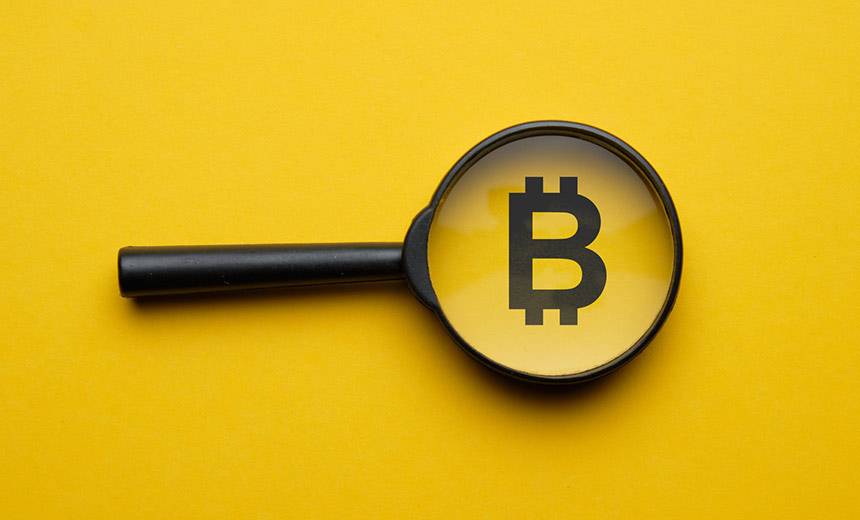
RBI’s Monetary Policy Committee
Sluggish growth, increasing vulnerability of financial institutions, mounting NPAs, non-convergence working between financial and real sectors, and poor monetary transmission continue to haunt the economy despite the Reserve Bank of India’s (RBI) intensive financial stability measures. With financial and monetary stability being RBI’s core objective, the apex bank is geared towards the restoration of equilibrium in these unprecedented times.
The Monetary Policy Committee (MPC) of RBI announced that interest rates would remain unchanged thereby taking an accommodative stance towards its policies. Amid the recent inflation in retail consumer prices, RBI also said that it would ensure that this rise in inflation remains within its targets and control. The repo rate currently stands at 4.0% and the reverse repo rate at 3.35%.
The decision indicates that MPC would monitor dynamics for a durable reduction in inflation before the policy rates are lowered again and patiently await to use its remaining monetary ammunition. On the surface, this appears to have a balancing effect between financial stability and growth support in light of the current challenges posed by the COVID-19 Pandemic.
The existing disconnect between our economy and the financial market indicates that RBI would be watchful of the current inflation as well as the existing exuberance in the markets. RBI is now prioritizing strain felt by the economy and tackling the challenges to the growth of the economy with the containment of retail inflation.
Central Banks’ MPC could be seen as judicial in their approach, playing it safe while maintaining the status quo of the current rates with the scope of further monetary action even after this apparent pause. Current rates could be accommodating enough to allow for such a break without unwarranted consequences. It also allows them to monitor the existing risks associated with Food Inflation as well as the Cost-Push pressure due to fuel price rises.
MPCs’ approach was a cautious step showing concerns over the evolution of uncertain inflation trajectory while supporting the growth prospects that could be available as and when this trajectory allows. The decision to maintain this status quo could be based upon their short-term outlook towards inflation in the current uncertainty because of cost-push factors and existing supply constraints.
RBIs’ accommodating stance with the current backdrop of diminished growth and subsequent expectation of a reduction in inflation over a medium-term period puts the current policy in congruence with the current market expectations and provides them with further space for easing of monetary measures to revive the economic growth during COVID-19.
RBIs’ step towards allowing some form of restructuring facility to the banks facing trouble in restructuring the loans without classifying them as Non-Performing Assets (NPA), could be seen as a positive step that could further ease the stress on Banking systems.
This new resolution framework could be seen as an additional systematic undertaking to tackle the stress induced by the COVID-19 Pandemic. Additionally, RBI has also recognized the need for this facility for standard accounts facing difficulties while restructuring, and this facility has also been extended to SMEs, corporations, and personal loans providing each segment with proper & necessary safeguards.
Addressing the MSME sector, which has been deeply impacted by this Pandemic, the reasonably anticipated scheme for restructuring this sector could provide them with additional support & relief in this tumultuous time. Addressing the concern regarding liquidity in this Pandemic faced by MSME could facilitate an amended system and platform for the banks.
This restructuring of the loan scheme could be seen as a breather to already liquidity-strapped financial sectors, already facing concerns over the asset quality issue. An expert committee under KV Kamath could overlook and provide recommendations regarding the scheme’s details and restructuring plans. This could give the MSME, companies as well as individuals better safeguard in this liquidity crisis during the Pandemic.
To improve the flow of credit and enhance liquidity additional measures were announced by RBI to accelerate the growth of the economy. RBI also focused on measures that could deepen the digital payment facilities among all others.
These announcements could harmonize market risk associated with capital charge treatment of investment by banks in debt instruments and ETFs as well as Debt Mutual Funds and prediction for improvement in the bond market, as there could be higher participation by banks in the bond markets over a while.
Additionally, a measure relating to increasing the sanctioned loan to value ratio (LTV) for gold loans to 90 percent by March 31, 2021, is an effort to mitigate the impact of COVID-19 on households at a micro-economic level however this move fails to soothe deeper wounds aggravated on account of the virus-induced financial distress.
Additional liquidity facilities provided to NABARD and NHB will further support the credit push in the economy. RBI has continued to focus on also bringing down borrowing costs for all.
In light of India’s sluggish economic growth, uncertain external demand, and rising inflation, the developmental and regulatory measures announced by RBI adopts a prudent approach to upholding the current policy rates in existing circumstances.
Their strategy could be seen to be in perfect conformity with the currently developing state of the economy while keeping enough headroom for future changes. However, it remains to be seen how much relief will be provided, and what will be the take-up for this resolution mechanism.
Tags: rbi’s monetary policy, rbi monetary, bi monthly monetary policy, recent monetary policy of rbi, rbi monetary policy 2021, rbi monetary policy committee









